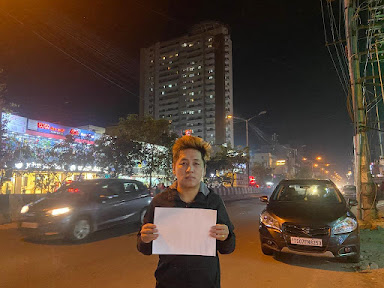I was born in Tibet and brought up in
India. Fortunately or unfortunately! I was inbred as a Tibetan-blood, but
my country “Tibet” was already occupied by China when I was born. However, it
is clear to me that Tibet is my country and I have to struggle for my country,
no matter how long the passage will take. Our life is short and more like
riding on a roller coaster, we never know the next tight turns and steep
slopes, but we should not be lost, our hopes and faith to struggle on our
common interest and let it hand over to our next generation with certain
brighter achievements even if we could not able to accomplish our ultimate
interests.

U-Tsang, Kham, and Amdo are the three main
traditional regions of Tibet and we all are proud to be a Tibetan, no matter
where our birth-place is from, but Tibet is our country. These three
traditional regions are based on geographical composition and the ancient
traditional way of life for a certain area of people for thousands of years,
which is not based on caste and color, neither interest of political division.
Tibetans from these three traditional regions are very homogenous, though we
are speaking different dialects to some extent, but we are sharing the same culture,
language, scripts, and even under the one and only great leadership of His
Holiness The Dalai Lama. We may have some different notions and political
views, but we never forget to struggle and unity when it comes to our common
interests and cause.

U-Tsang is the main and central part of Tibet.
The U-Tsang people are well known to be very religious and peaceful in nature.
The region includes some of Tibetan Buddhism’s most important and holy sites,
the Potala Palace, the Jokhang Temple and is surrounded by three big monasteries,
Sera, Drepung and Ganden, a few kilometers apart from each other. Lhasa (The
place of Gods, as the name translates) has been the political capital city and
spiritual heart of Tibet for many centuries. All pilgrims from every corner of
the vast plateau travel for months and years to reach this holy city by means
of the horse, walk and prostrating to keep every faith to eliminate their
sinful actions and to offer certain worship in their precious life.

Kham offers a different kind of experience
again, as a chain of mighty snow mountains capped over the forested valleys.
Kham is one of the three traditional regions of Tibet, the other being Amdo in
the northeast and U-Tsang in central Tibet. Kham also shares almost similar
nomadic life as Amdo, where camp in high-altitude meadows with the yak herders
while enjoying Tibetan butter tea. Most Khampas are considerably giant and
taller than Tibetans from other regions of Tibet. They often wear their hair
long with red or black tassels woven and make Khampa’s tradition more extensive
than the others. The Kham Tibetans are better known as Khampa and are
traditionally known as the warriors of Tibet.

Amdo is the northeastern region of Tibet and the
charm of Amdo lies in its vast empty green plains dotted with nomads’ tents and
domestic animals like Yaks, Sheep and horses. Amdowas, the people from Amdo are
traditionally nomadic and they continue herds and flocks grazing on the lush
green grasslands of the plateau. Despite modern science and technology on the
Tibetan plateau, they continue to fascinate world people by their peace of mind
and moving across the vast grassland with their animals and tent as a sweet
home. Amdowas are well known for excellent horsemen and horse racing festivals
are a highlight of any trip to Amdo and are also popular in the Kham region as
well. The Amdo Tibetans are well known as Amdowas and are traditionally known
as the place of scholars of Tibet.

In a nutshell, we all are Tibetan. In fact,
Tibetan people are the progeny of the union of the monkey “Pha Trelgen
Changchup Sempa’ and the rock agress ‘Ma drag Sinmo’ where the monkey was a
manifestation of the Bodhisattva Chenresig or Avolokitesvara while the ogress
in turn of reincarnated Chenrezig consort Dolma as in our myth. Therefore, at
any cost, we all are the same Tibetan and Tibet is our country, and His
Holiness The Dalai Lama is our great leader. To take attention and fight for
Tibet’s plight is our ultimate aspiration and also reasons to spending our life
in any kind of exile country here, no matter where we shared our birthplace
from any regions of Tibet. The word UNITY must be printed in the minds of every
Tibetan. Unity is our strength, we will fall when we divide! Tibet is our
country and we have to go back to our country Tibet before we die.








Comments
Post a Comment